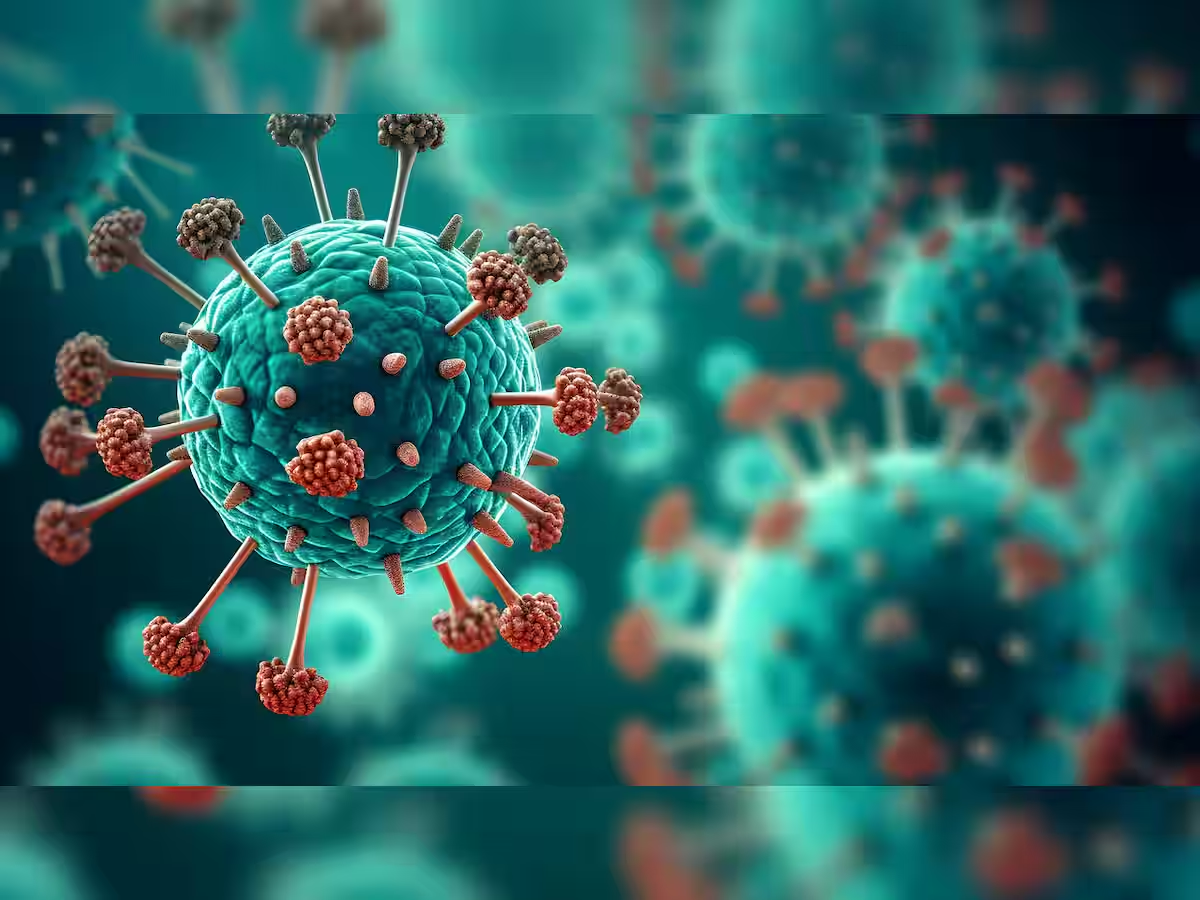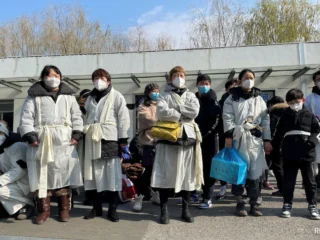New Delhi, 07 January 2025: The emergence of Human Metapneumovirus (HMPV) cases in India has raised concerns among health authorities and the public alike. With seven confirmed cases so far, states like Delhi, Karnataka, Maharashtra, and Gujarat are on high alert, implementing measures to curb the potential spread of the virus. Here’s everything you need to know about this respiratory infection, its symptoms, risks, and preventive measures.
What is HMPV?
Human Metapneumovirus (HMPV) is a respiratory virus first identified by Dutch researchers in 2001. It primarily affects the upper and lower respiratory tracts and can cause mild to severe illnesses. While HMPV has been around for over two decades, the recent surge in cases has brought it back into the spotlight.
Who Is at Risk?
HMPV can infect individuals of all ages, but certain groups are more vulnerable:
People with Weak Immune Systems: Those undergoing chemotherapy or living with chronic illnesses are more susceptible to severe outcomes.
Children and Infants: The virus can cause severe respiratory issues, especially in younger children with underdeveloped immune systems.
Elderly Individuals: Age-related immunity decline increases the risk of complications.
Symptoms of HMPV
HMPV symptoms can range from mild to severe, depending on the individual’s overall health and immune response. Common symptoms include:
Cough
Nasal congestion
Shortness of breath
Fever
Fatigue
Sore throat
In severe cases, pneumonia or bronchitis
Early detection is crucial for effective management, particularly for high-risk individuals.
Current Situation in India
India has reported seven confirmed cases of HMPV, with states like Karnataka and Gujarat identifying the virus in infants. Health officials have highlighted the need for vigilance, particularly in areas with dense populations and vulnerable groups. In Karnataka, an 8-month-old infant tested positive for the virus after being admitted with severe respiratory symptoms.
Is HMPV Similar to COVID-19?
Although HMPV and COVID-19 share some similarities, such as respiratory symptoms and person-to-person transmission, they are caused by different viruses. Experts have emphasized that HMPV is not new and has been present in the environment for over 20 years. Unlike COVID-19, it does not pose a pandemic-level threat at this stage.
Preventive Measures
To reduce the risk of HMPV infection, follow these guidelines:
Boost Immunity: Eat a balanced diet, exercise regularly, and get adequate rest.
Maintain Hygiene: Wash hands frequently with soap and water.
Wear Masks: Particularly in crowded areas or around sick individuals.
Avoid Close Contact: Keep a safe distance from individuals showing respiratory symptoms.
While the rise in HMPV cases is concerning, there is no cause for panic. Health authorities are closely monitoring the situation and implementing necessary precautions. By staying informed and adopting preventive measures, individuals can play a significant role in curbing the spread of the virus.






